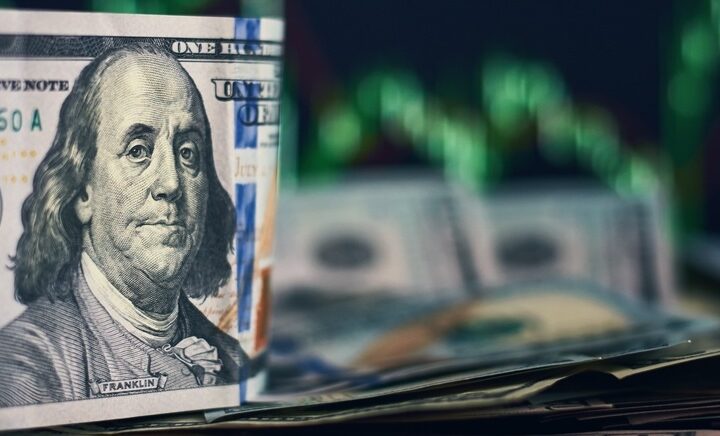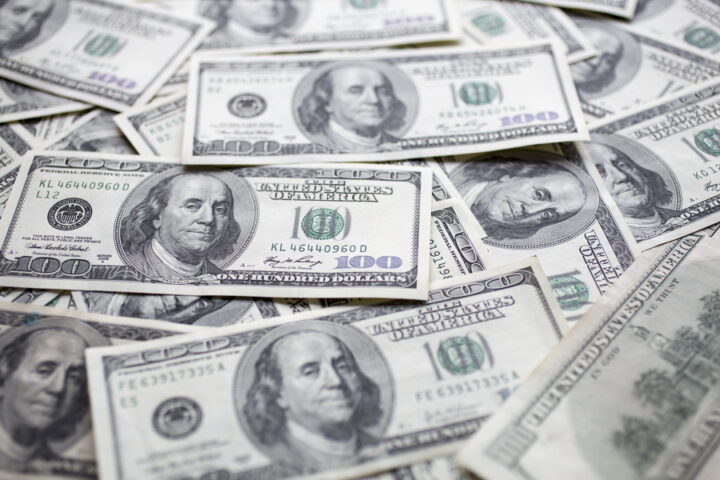The world will finally get a peek into the finances of troubled U.S. banks this week as earnings season gets under way, but recent accounting changes mean investors might not know what to make of them.
High-profile names like Goldman Sachs, Citigroup and JP Morgan will report their first-quarter results following the Easter holiday. Yet after a relaxation of industry accounting standards, analysts say it will be difficult to gauge losses from bad loans in areas like real estate and consumer credit.
"It doesn't engender great enthusiasm," said Joseph Battipaglia, market strategist at Stifel Nicolaus in Yardley, Pennsylvania. "You have a Japanese-style handling of the American banking system."
The hope among policy-makers is that, unlike in Japan's "lost decade" of deflation, the shift can hold the banking sector together for long enough that the economy will recover, allowing it to unwind heavy recent losses.
The U.S. economy is on track for its worst recession since World War Two, and its ailments have dragged global output into a rut as well, battering European and Asian exporters. One major problem is a sharp retrenchment in U.S. consumer spending, the most severe in many decades.
Given the sheer magnitude of the pullback, economists are hoping for some sort of rebound. Federal Reserve chief Ben Bernanke said last week that "green shoots" of activity were beginning to emerge, and economists are forecasting a 0.4 percent increase in U.S. retail sales for March.
Lawrence Summers, a top adviser to President Barack Obama, said on Thursday the U.S. economy would halt its "free fall" within a few months as government stimulus and rescue efforts take hold.
Some investors agreed. "A lot of the leading indicators, if not turning up, appear to have bottomed," said Lee Olver, fixed-income strategist at SMH Capital, in Houston.
FAILURE IS NOT AN OPTION
Many analysts believe clearing out massive financial sector losses, which the International Monetary Fund estimates will reach $1.4 trillion, is key to reviving economic activity around the globe.
Some also see the U.S. housing sector, where the first inklings of the global financial crisis first emerged, must begin recovering before financial institutions themselves can see a light at the end of the tunnel.
Against that backdrop, government efforts have been heavily focused on both stemming foreclosures, bringing down borrowing costs and offering aid to the financial industry.
As a part of these measures, Treasury Secretary Timothy Geithner has launched so-called "stress tests" for major banks, with results due by the end of this month.
However, critics worry that the administration is being too soft on the sector, potentially prolonging the problem and simply delaying an eventual, and perhaps inevitable, day of reckoning.
"Everyone talks about transparency and now we go in the opposite direction," said Joshua Shapiro, chief economist at MFR, in New York. "The government has come out and said even before they do these stress tests, 'The worst you're going to get is a C. If you flunk, we'll make sure we give you the points.'"
Indeed, a source familiar with the matter said on Thursday that U.S. officials would not look to close any banks based on the results of the tests.
FORAGING FOR GREEN SHOOTS
The other major trouble spot in the U.S. economy, with parallels in places like Britain, Ireland and Spain, is the housing sector.
With an eye to reviving mortgage borrowing, the Federal Reserve has begun purchasing Treasury and mortgage-backed bonds directly in an effort to lower interest rates across the economy. This has yielded some fruit thus far, with interest rates on home loans falling to record lows below 5 percent.
Still, housing starts are expected to fall further in March, down to an annualized 550,000 units, as builders work down the excess inventories accumulated during the bubble years.
The stock market, which has been rallying since early April, is another source of optimism. Equity markets generally rebound about six months ahead of typical business cycle recoveries.
Yet manufacturing, another leading indicator of economic expansion, has yet to reach a bottom. Industrial output is expected to have declined 1 percent in March, following a 1.5 percent drop in February. Production could shrink a steep 9.8 percent for the year as a whole, according to a Reuters poll released last week.
"I'm still very pessimistic about the prospects of any enduring recovery," said T.J. Marta, chief market strategist at Marta on the Markets, in Scotch Plains, New Jersey. "In spite of the stabilization, there is no sustainable upward trend in growth."







